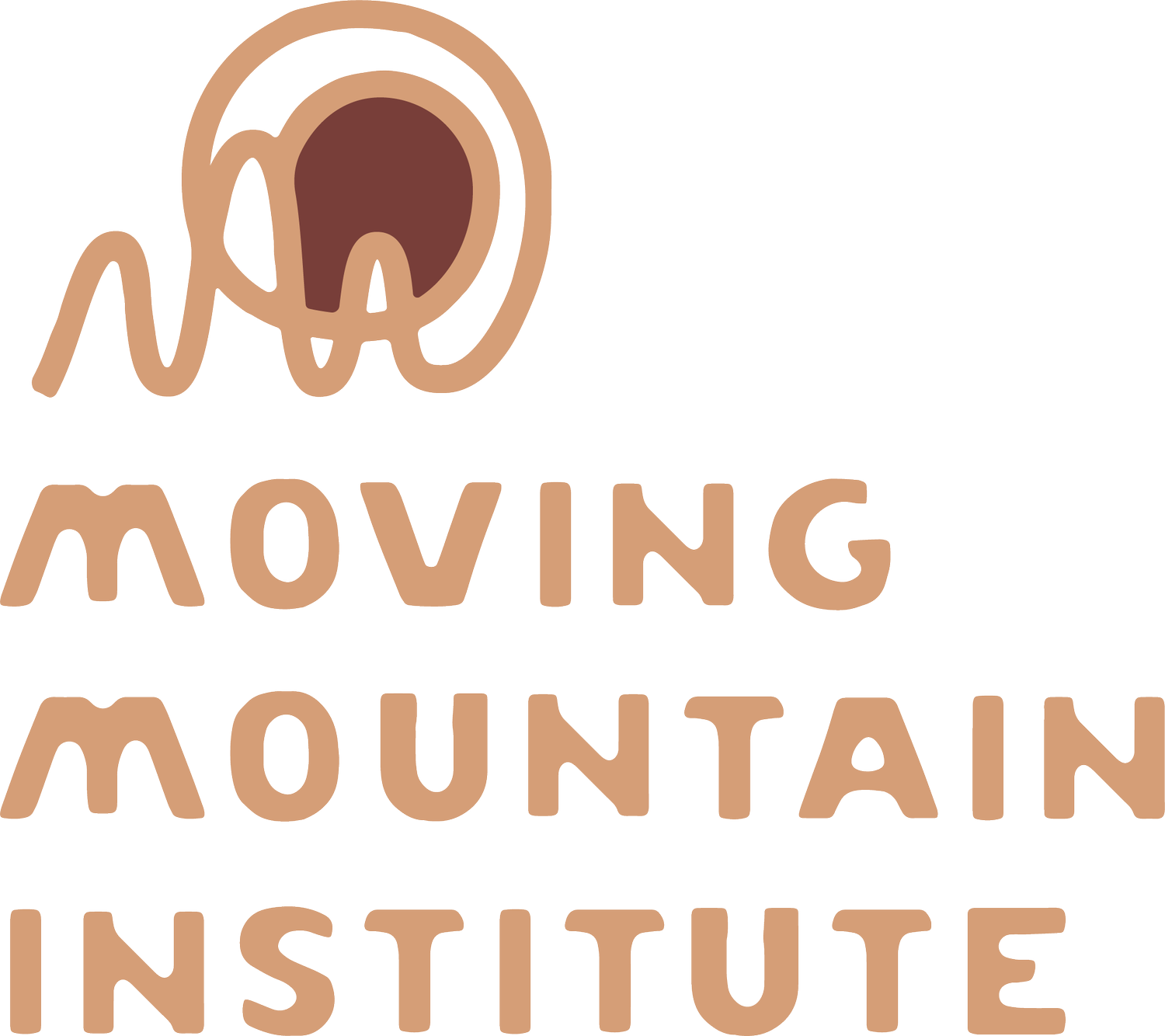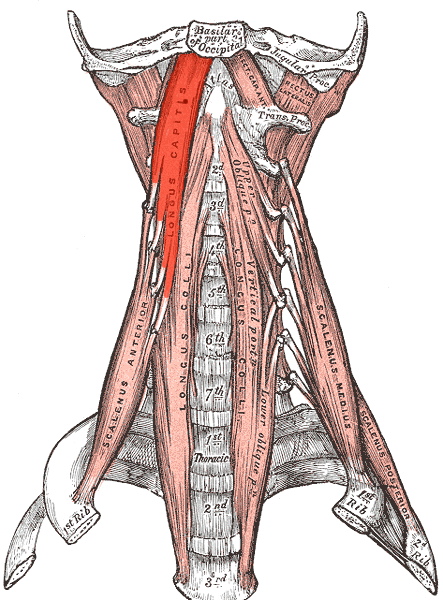New Anatomical Friends!
/Ahoy Somanauts!
Some of you may be wondering what exactly a Somanaut is . . . Well, it's a term one of our compatriots, Gil Hedley, coined, it means "explorers of the body." Gil - the original Somanaut - has amazing fascial dissection seminars available for free viewing online at gilhedley.com
Old Friend - New Appreciation - The Hyoid Release
In the spirit of somanautics I wanted to share something I've been exploring and it's a little bit new to me. Recently, I've been re-writing the Cranial I manual (class coming up this weekend!), which I first wrote about 7 years ago! It's been an opportunity to reflect on how my relationship with the techniques has changed over that period of time - it has! It's one of the beautiful things about our work, it gets to keep evolving.
Recently, I've come to a much deeper appreciation of the hyoid release, which we cover in Cranialsacral I, and through it deepened my understanding of the anterior cervical (neck) compartment. Sometimes we need a technique to give us both permission and orientation to work with and understand a part of the body. For me, with the anterior neck, the hyoid release was that introduction.
Over the years, I've added to my understanding of this release by incorporating myofascial techniques, into my work with the anterior neck. I've complemented this with continuing to explore the anatomy of the area. Add all that together and then put it in service of treating patients and paying close attention to the results - I've learned it's an important area and really often overlooked in treatment. I've overlooked it myself so many times. Any case of neck pain that isn't resolving with other approaches would be a cue to explore working this area. Also, any whiplash case will need some attention paid to the anterior neck.
I've had multiple patients over the past 6 weeks that are requiring quite specific work in the anterior neck region. It has been a real opportunity for me to apply myself more specifically to this area. I've had several interesting cases; a unique presentation of TMJ with sudden and severe onset (not typical) and a constricting feeling from within the throat, an atypical sleep apnea case and a person with a head fall that resulted in significant compression anteriorly. Each of them has required me to refine my understanding of this area and explore both the physical and energetic aspects of working here.
New Friends! AKA, anatomy dork out session
Last year during our first Myofascial Release III seminar, focusing on the neck and shoulder, I was studying an anatomy slide and came across a couple muscles I don't ever remember meeting - longus capitis (head) and longus coli (neck). These are deep anterior neck muscles, often termed pre-vertebral muscles. They attach onto the anterior surfaces of the transverse process of the cervical vertebrae. Let's picture that - it's really deep into the neck, if you feel your transverse processes then imagine the space in front of them and a little towards the center, that's where these muscles are. They are commonly injured in whiplash type injuries and hardly ever treated. The good news is that between the myofascial techniques and the hyoid release combined with a little gentle traction we can have a good effect on these deep muscles.
The longus capitis is especially interesting because it reaches from the anterior transverse processes to the basilar surface of the occiput. The basilar surface of the occiput is really close to the sphenobasilar joint - essential to understanding and working with the cranialsacral system. Hypertonicity in this muscle can start to pull the occiput forward on the atlas and increase extension at the top of the neck. This can cause a myriad of problems for people as it will impede the free motion of both the sphenobasilar and atlantooccipital joints. In addition, the vertebral artery flows near here and if this area is compressed it can restrict blood flow. This can contribute to headaches, fatigue, and other cognitive problems.
The longus coli attaches along the front of the spine from C5 - T3. How in the world can you release something on the anterior surface of T3 you might be asking! That's a really weird place to think about. Imagine all the structures in front of T3, the upper lobes of the lung, the fascia wrapping the lungs, the heart and pericardium, just behind all that is this new muscle friend! With gentle myofascial type work, we can access these insertions and effect the entire milleu. Cool!
I look forward to crossing paths with you all in some way soon! If you have any questions about upcoming courses please don't hesitate to get in touch with us.
michael




